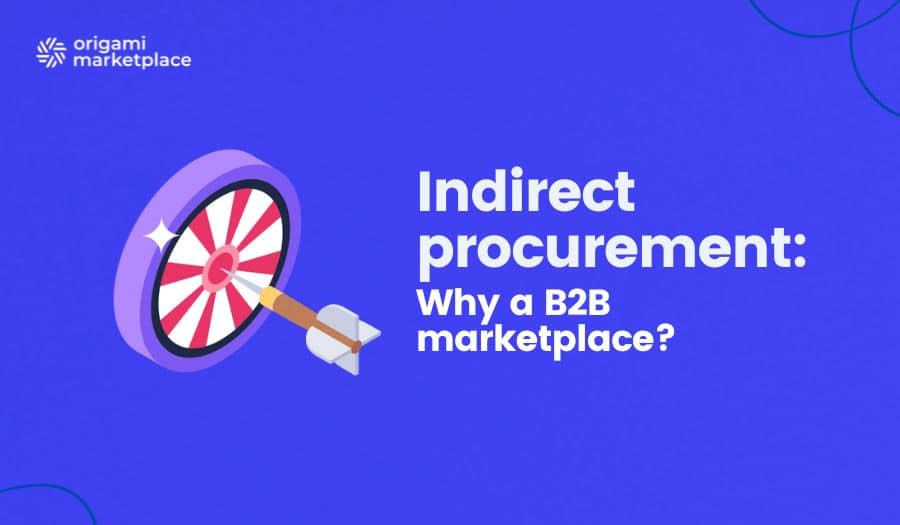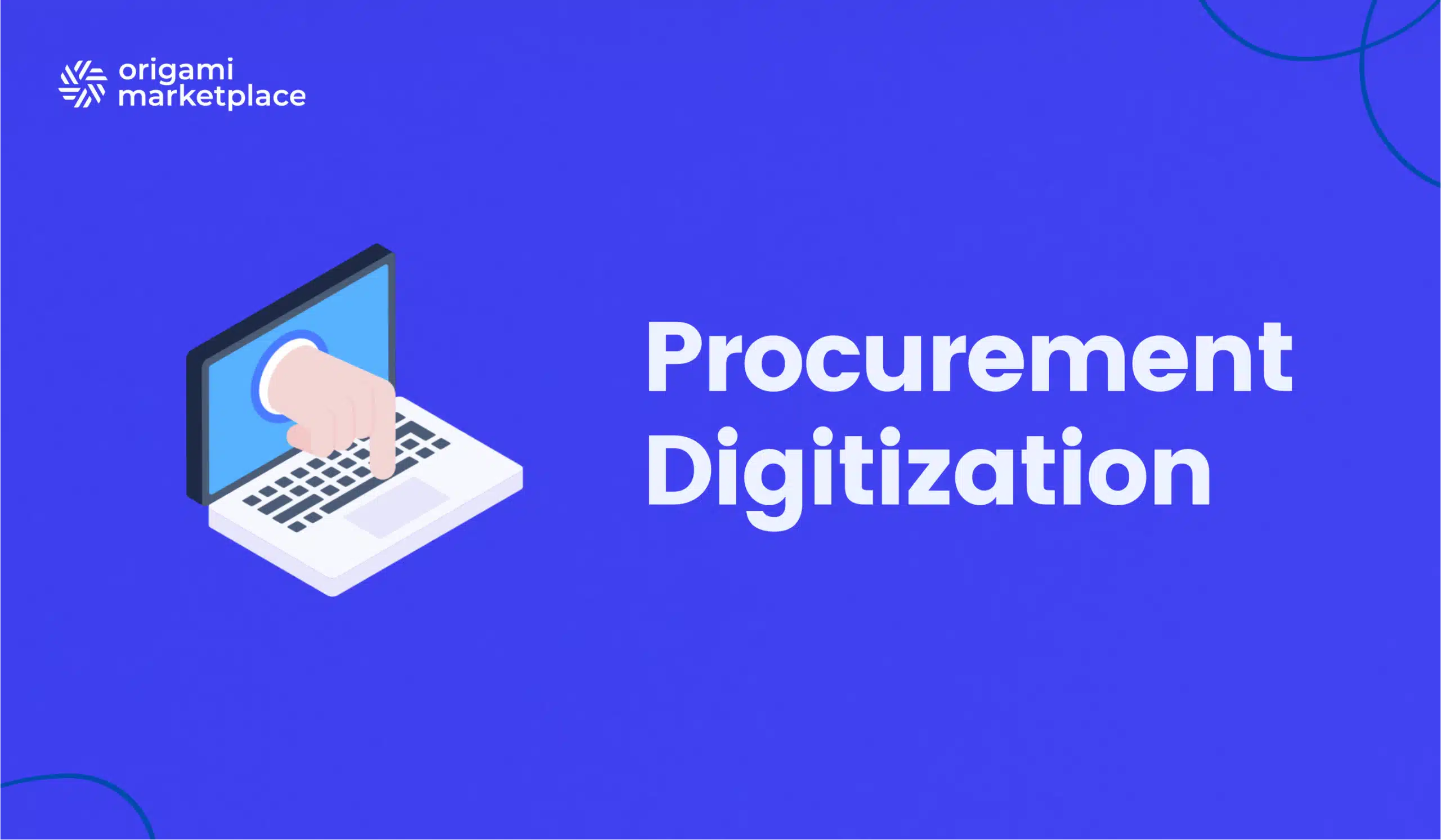Commissions on multi-vendor marketplaces: how they work, calculation methods and margins
- Emeline Kerloch
- 5 minutes reading

Key points for commission understanding:
1. Why do marketplaces charge commissions?
2. Key factors to consider when calculating commissions.
3. B2B e-procurement platforms and their commissions.
4. B2C multi-vendor marketplaces and their commissions.
5. C2C platforms and how they get commissioned.
6. C2B2C multi-vendor marketplaces and their commission structure.
7. The impact of commissions on profitability.
Why do marketplaces charge commissions?
Key factors to consider when calculating commissions.
Commissions are mainly calculated according to the type of products and competition in order to remain competitive and encourage sellers to continue using the platform. If the commission rate is too high, sellers may be tempted to go elsewhere.
Commissions are also set in relation to the margins earned on each type of product. A high-margin product can have a higher commission rate than a low-margin product, providing flexibility and helping sellers better absorb these costs.
Real examples of commissions charged by major players.
As an example, here are some of the commissions charged by the market leaders:
- Amazon: Commissions vary by product category. For example, Amazon charges about 8% for electronic accessories, while it can be as high as 15% for beauty products.
- eBay: On this C2C platform, commissions are generally around 10% for most categories, with variations depending on the value of the item sold.
- Alibaba: This B2B platform combines subscription options with volume-based commissions, allowing great flexibility for large sellers.
Download our free marketplace specifications template.
Here you will find all the essential features to succeed in your C2C, B2C or B2B multi-vendor marketplace. This model provides a simple backlog to guide you through each step of your project.
B2B e-procurement platforms and their commissions.
B2B procurement marketplaces are often defined by high-volume business-to-business transactions. Commission structures can vary widely. Alibaba, for example, uses a hybrid model that combines subscription fees with commissions based on sales volume. This flexible approach adapts to the specific needs of each seller, encouraging long-term relationships and greater loyalty.
B2C multi-vendor marketplaces and their commissions.
In the B2C industry, where companies sell directly to consumers, commission structures are generally simpler. Amazon, for example, charges a fixed commission that varies by product category. For fashion items, this commission can be as high as 15%, while it’s often lower for electronics. This simplicity makes the cost understandable to sellers and improves the user experience.
C2C platforms and how they get commissioned.
C2B2C multi-vendor marketplaces and their commission structure.
The C2B2C model combines aspects of the C2B and B2C markets. In this model, individuals can donate products to businesses that then resell them to other consumers. This model is particularly relevant in sectors such as high tech, with platforms such as Back Market dedicated to refurbished products, as well as the fashion industry and craft products. The commission structures in this model are diverse and can be customized to meet the unique needs of each online marketplace, offering great flexibility.
The impact of commissions on profitability.
You may be wondering how commissions affect the profitability of your multi-manufacturer marketplace. Well-calibrated commissions can not only maximize your revenue, but also improve seller and buyer satisfaction. A recent Forrester study found that marketplaces with flexible, well-designed commission structures saw a 20% increase in seller retention and a 15% increase in annual revenue.
Useful tips to optimize your commissions:
- Analyze your market: Study your competitors and understand your sellers’ expectations.
- Segment your products: Adapt commissions to margins and demand.
- Test and fine-tune: Don’t be afraid to experiment with different commission rates to find the optimal balance.
- Communicate clearly: Make sure your sellers understand the commission structure and how it benefits them.
Team tips 🎓
Maximize your success with a flexible commission structure! As a future marketplace operator, our best advice is to remain flexible and in tune with your sellers and your market.
Start with an in-depth analysis of your competitors’ commission models and your sellers’ expectations. Don’t be afraid to experiment and fine-tune your commission rates to find the right balance. A commission that’s too high can discourage sellers, while a well-managed commission structure can boost your growth. Segment your products and adjust rates according to margins and specific demand. A personalized approach can make all the difference. Clearly communicate the benefits of your commission structure and be transparent about how it works. Remember, flexibility is your best asset when it comes to maximizing revenue and retaining your sellers. Adopt an adaptable strategy and you’ll be on your way to success.
A quick conclusion on commissions?
👋 Future online marketplace operator!
Discover how the Origami Marketplace API and partner network can transform your business, regardless of size, with its innovative solution based on the marketplace model.



